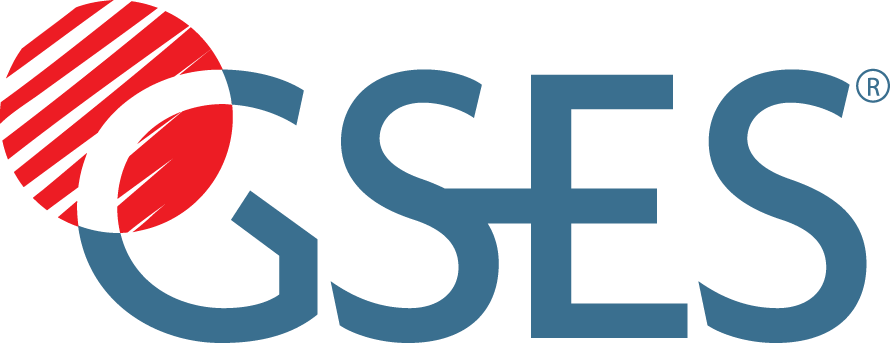Global Sustainable Energy Solutions Pty Ltd (GSES) has released a technical white paper, entitled Localised Networks and Demand Side Participation, covering the issue of the rise of embedded networks; how they can transition into micro grids and topological power plants, and also provide demand reduction in the National Electricity Market (NEM).
The article explains what embedded networks are and the benefits they offer to all stakeholders: reduced risk for network providers and energy retailers, lower power rates for customers, and a viable income stream for the embedded network operator. With the advent of affordable distributed generation and energy storage in the form of solar and lithium ion batteries, it is possible for these embedded networks to be expanded in to micro grids that can interface with the larger distribution network. This will allow them to operate independently of the grid as required: either during a grid failure or in response to high demand on the grid. It is also possible for these microgrids to bid any additional generation into the NEM as topological power plants.
As the article notes, the rise of embedded networks and microgrids increase the resilience of the grid. The ability to supply electricity of all customers from within the minigrid reduces the load on distribution networks and the demands for peak power. It also explains how embedded networks (and other large customers) are able to participate in the demand side of the NEM through AEMO’s Demand Response Mechanism (DRM). This mechanism allows Demand Response Aggregators to bid negative demand of their customers into the NEM is a similar way to a generator bidding in generation. This makes for a lower price for energy in the wholesale market, and creates energy bill credits for participating consumers.
